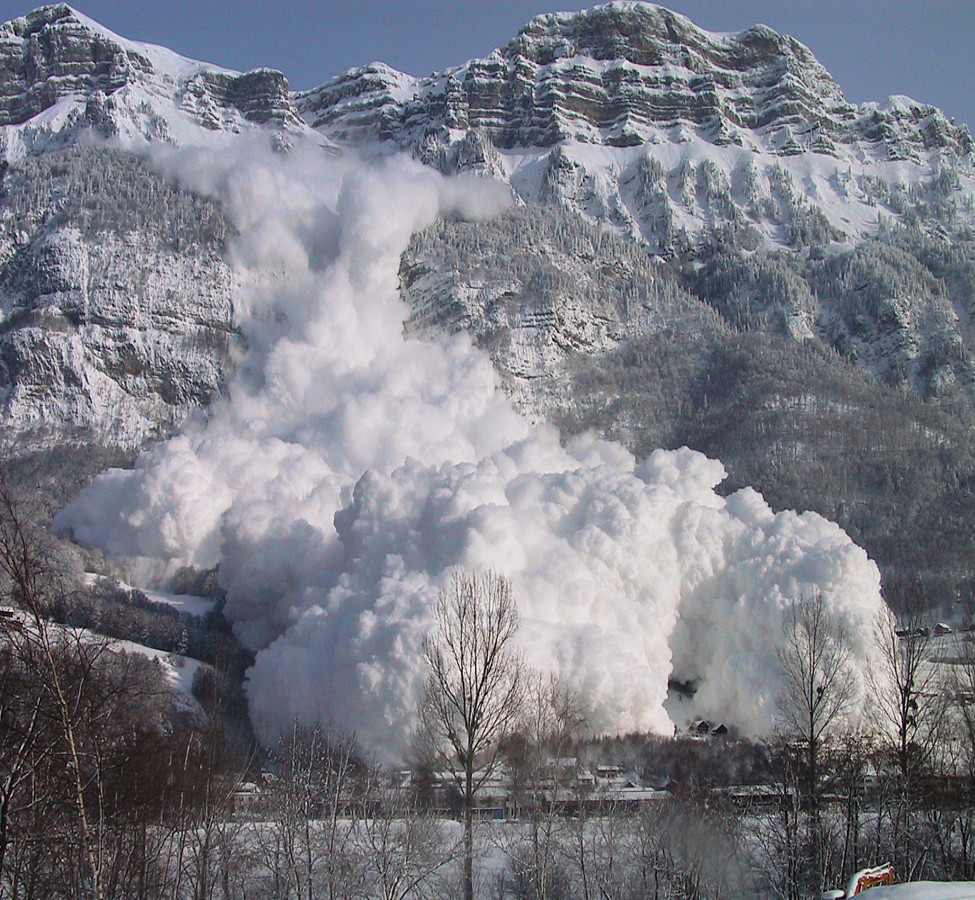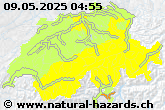| Beaufort number and description | Wind speed [kn] | Wind speed [km/h] | Land conditions | Sea conditions |
|
0 Calm |
<1 | <1 |
Smoke rises vertically. |
Lika a mirror. |
|
1 Light air |
1-3 | 1-5 |
Wind motion visible in smoke. |
Ripples without crests. |
|
2 Light breeze |
4-7 | 6-11 |
Wind felt on exposed skin. |
Small wavelets. Crests of glassy appearance, not breaking. |
|
3 Gentle breeze |
8-11 | 12-19 |
Leaves on smaller twigs in constant motion. |
Larger wavelets. Crests begin to break. |
|
4 Moderate breeze |
12-15 | 20-28 |
Dust and loose paper raised. Small branches begin to move. |
Small waves. Fairly frequent whit horses. |
|
5 Fresh breeze |
16-21 | 29-38 |
Smaller trees sway. |
Moderate (1.2m) longer waves. Some foam and spray. |
|
6 Strong breeze |
22-27 | 39-49 |
Whistling heard in overhead wire. |
Large waves. The white foam crests are more extensive everywhere. |
|
7 Near gale |
28-33 | 50-61 |
Effort needed to walk against the wind. |
Sea heaps up and foam begins to streak along the direction of the wind. |
|
8 Gale |
34-40 | 62-74 |
Twigs broken from trees; generally impedes progress. |
Moderatly high waves with breaking crests forming spindrift. |
|
9 Strong gale |
41-47 | 75-88 |
Slight structure damage. |
High waves (2.75m) with dense foam. Wave crests start to roll over. Considerable spray. |
|
10 Storm |
48-55 | 89-102 |
Trees uprooted. Considerable structural damage. |
Very high waves. The sea surface is white and there is considerable tumbling. Visibility is reduced. |
|
11 Violent storm |
56-63 | 103-117 |
Widespread structural damage. |
Exceptionally high waves. Everywhere the edges of the wave crests are blown into froth. Visibility affected. |
|
12 Hurricane |
>63 | >117 |
Considerable and widespread damage to structures. |
Air filled with foeam and spray. Sea completely white with driving spray. Visibility very greately reduced. |



